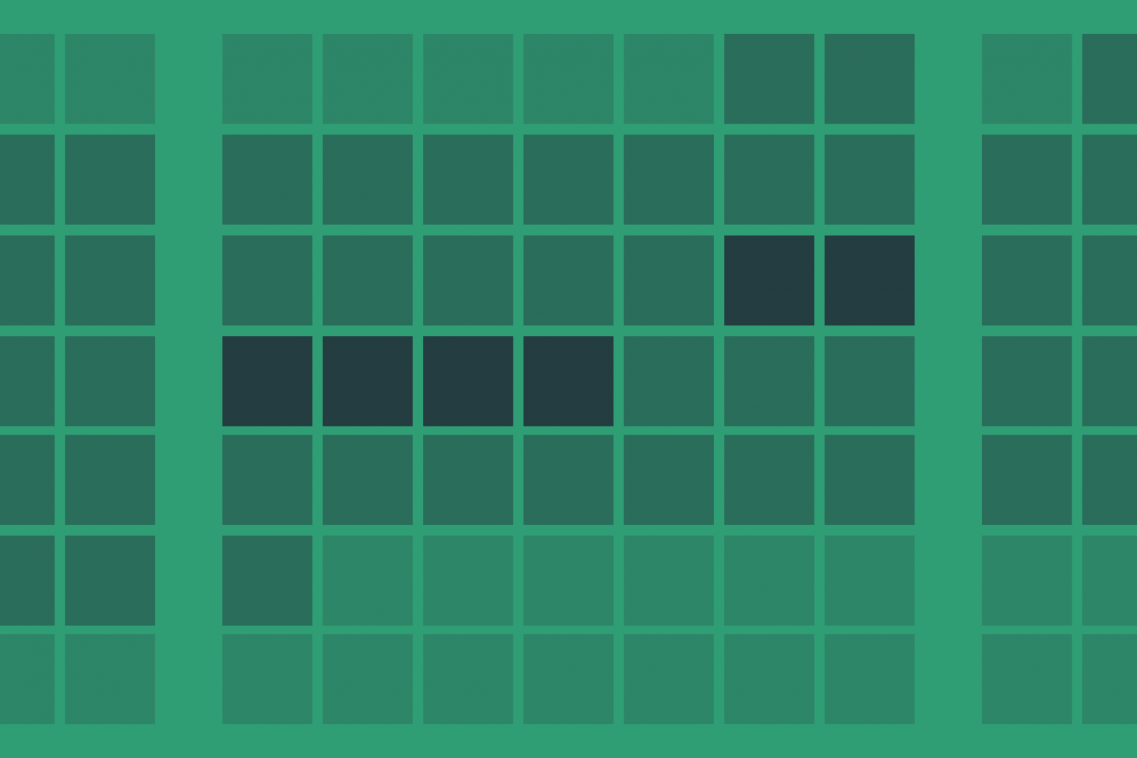Comment
As part of its proposal to create a National Education Service, the Labour party has put forward plans to dramatically increase and reform childcare subsidies in England. Taken together, these changes would transform the childcare system in England: extending access to free childcare to more and younger children, introducing subsidies for additional hours of care, and transitioning from a system in which subsidies are given to parents to a system of direct government subsidy. These proposals are costly: Labour anticipates that it will spend an additional £5.3 billion on the early years in 2021-22, 70% more than under current projections, and the long-run costs might be higher yet. There is a case for subsidising childcare to support children’s development and parents’ employment, particularly as Labour plans to invest in high-quality places. However, available evidence from the UK suggests that these benefits will be comparatively small. Both sides of the policy coin – benefit and cost – will depend on the take-up rates of these extended entitlements; however, there is a great deal of uncertainty about what a realistic estimate might be.








































